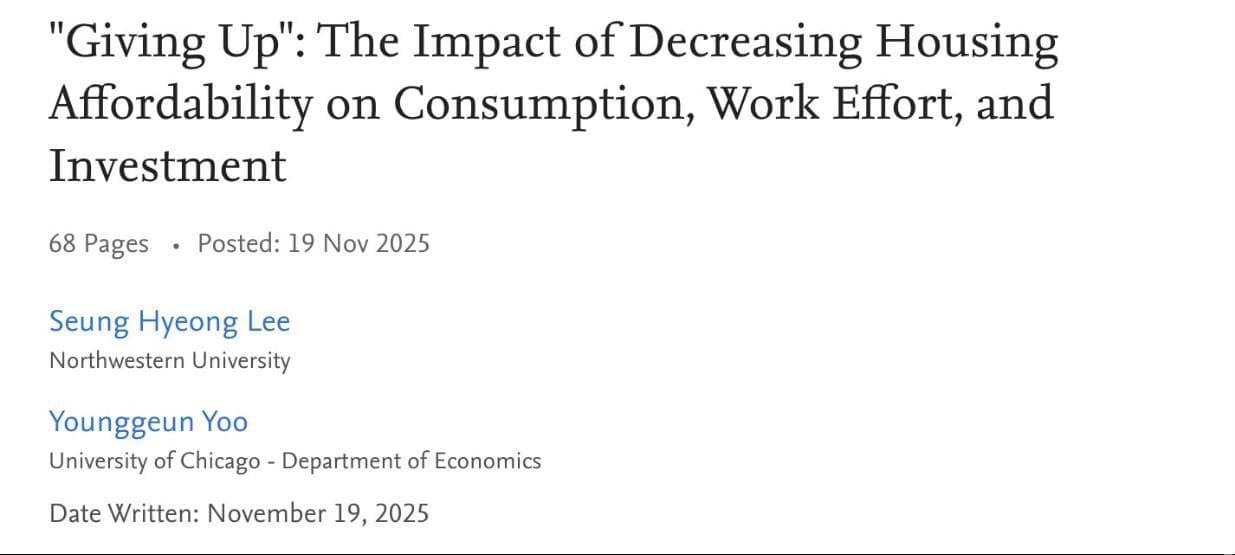The reintroduction of the Multiple Unit Residential Building (MURB) tax provision has the power to reshape Canada"s housing landscape, potentially dismantling the grip of investor-driven condo markets. As reported by the Missing Middle Initiative, this policy could not only boost rental housing construction but also drive down housing prices, making homeownership more accessible for working families.
Government Plans to Transform Housing Construction
The federal government is committing to revive a tax provision from the 1970s that incentivizes the construction of small-scale rental housing, such as multiplexes and townhouses. This comes at a time when housing prices have skyrocketed, leaving many Canadians struggling to find affordable options. The MURB provision aims to redirect investment from high-rise condos, often purchased by wealthy individuals and investors, towards the missing middle housing that many Canadians desperately need.
Predictions for the Future of Housing
There are several predictions about how the reintroduction of the MURB provision will play out in the current housing market:
MURB Will Favor Smaller Developments
Experts anticipate that the MURB provision will lead to a surge in rental multiplexes and townhouses rather than high-rise apartments. This shift is largely due to the nature of the investors attracted to the program. Smaller-scale investors are likely to dominate, lacking the resources necessary to undertake large-scale developments. As noted in the World Factbook, this could result in a more diversified housing stock that aligns with the needs of middle-class Canadians.
Mom-and-Pop Investors Will Drive Construction
Unlike the 1970s, when individual wealthy investors primarily funded these projects, today"s landscape will likely see consortiums of everyday investors banding together. With construction costs soaring, the entry barrier for individual investors is higher, resulting in a collaborative investment approach. This model could democratize real estate investment, allowing more families to have a stake in the housing market.
Impact on Condo Financing Models
The MURB provision is poised to disrupt the current pre-construction condo financing models that have left many investors in limbo, particularly in the wake of rising interest rates. By providing a substantial tax advantage for rental construction, the government could effectively strangle the pre-construction condo market, which has often catered more to investors than to residents. This could lead to a necessary reevaluation of how condos are financed and developed.
Potential for Increased Owner-Occupied Housing
There is also the possibility that current single-family home investors will choose to divest in favor of MURB-eligible projects. Should this happen, it could significantly increase the supply of owner-occupied housing, which has become increasingly scarce. The federal government could further incentivize this transition by offering benefits to investors who sell to families, thus promoting homeownership.

Typical Greater Vancouver condo now costs $752,800 - North Shore News
Historical Context of the MURB Provision
The MURB provision was initially introduced in the 1970s as a response to a housing crisis, allowing for tax benefits that aimed to boost rental housing construction. It was phased out in the 1980s partly due to its success in creating more rental units, which ironically led to criticisms about its cost to the federal government. The current housing crisis, characterized by a lack of affordable units, echoes the sentiments expressed by Finance Minister John Turner back in 1974.
Reintroducing this provision could be seen as a necessary step to address the systemic issues in our housing market. The potential benefits include not only an increase in available rental units but also a more balanced approach to housing that favors resident needs over investor profits.
The Stakes of Inaction
Should the government fail to act on this opportunity, the consequences could be dire. With rising housing prices and stagnant wages, the gap between rich and poor will only continue to widen. Canadians already face significant barriers to homeownership, and without policies like the MURB provision, we risk losing a generation to a rental market that serves wealthier investors over the working class.
As discussions around the MURB provision gain traction, it is crucial for advocates of economic justice to remain vigilant. The potential for transformative change is within reach, but it will require active engagement from policymakers and the public alike to ensure that the housing market is reoriented towards equity and accessibility.








![[Video] Coast Guard sniper takes out narco-boat in Eastern Pacific](/_next/image?url=%2Fapi%2Fimage%2Fthumbnails%2Fthumbnail-1765029104101-04awi-thumbnail.jpg&w=3840&q=75)